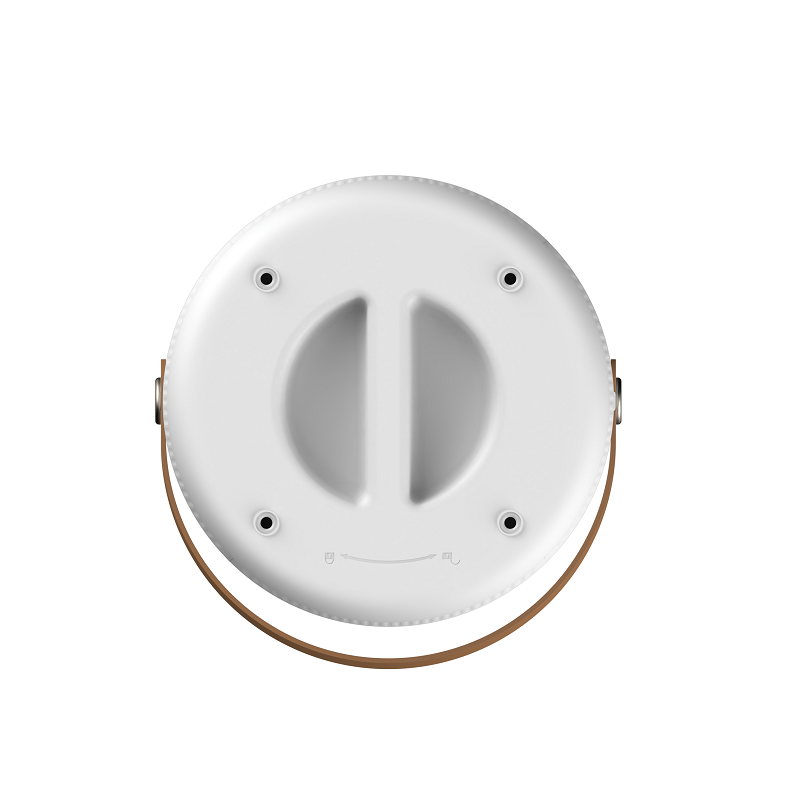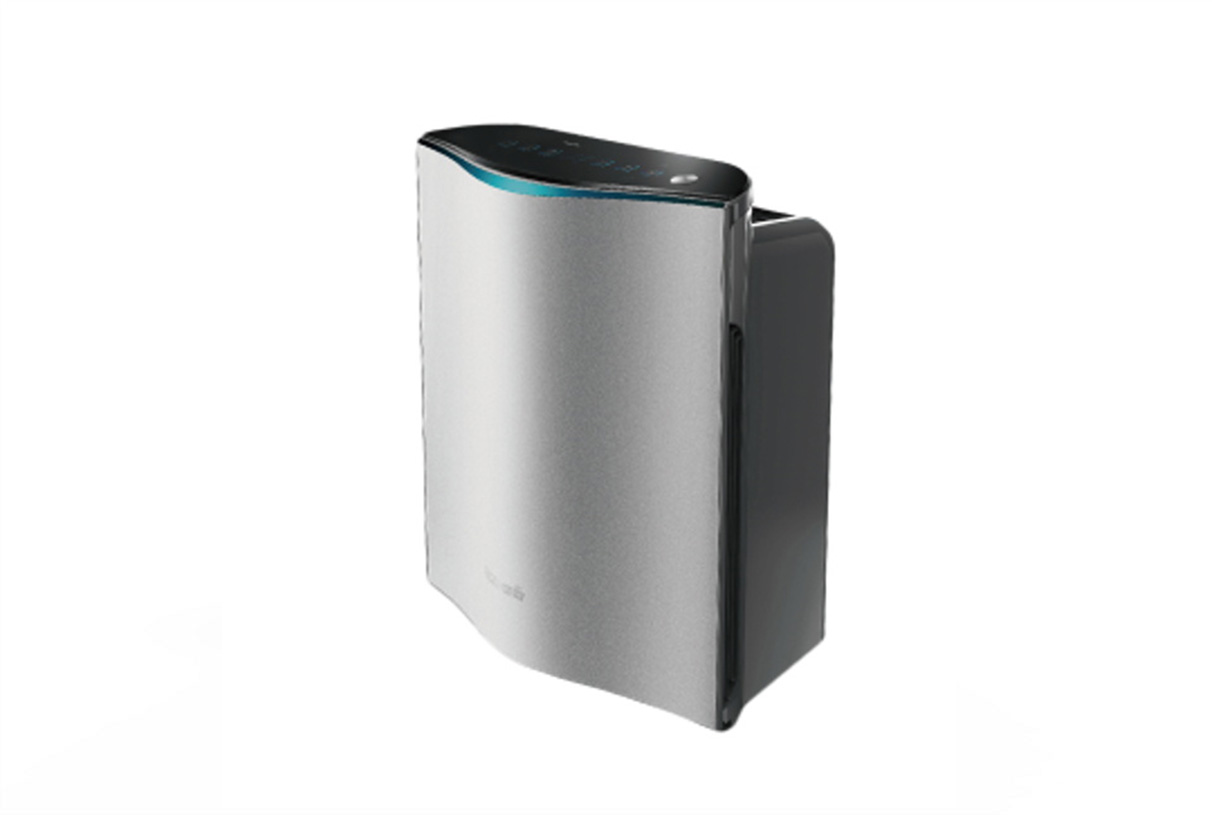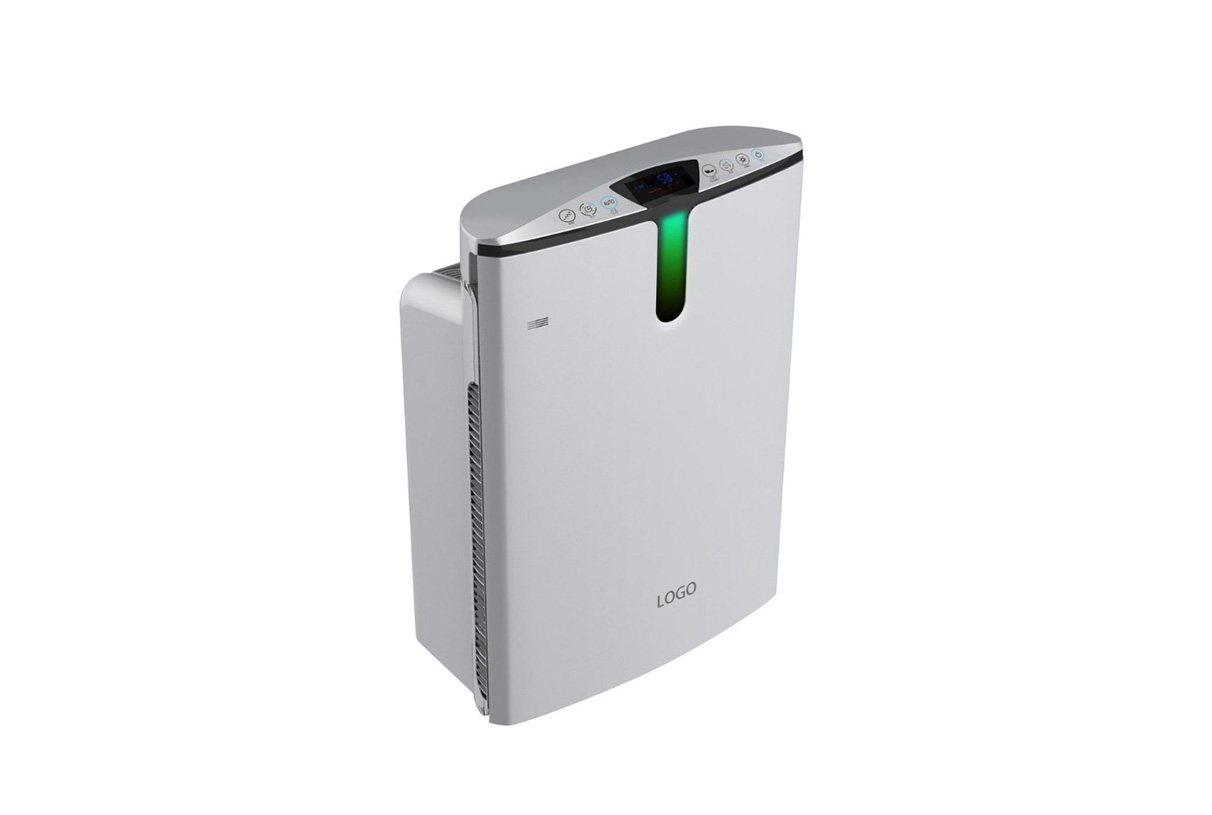PF00-22089 Mabel Plus Air Purifier
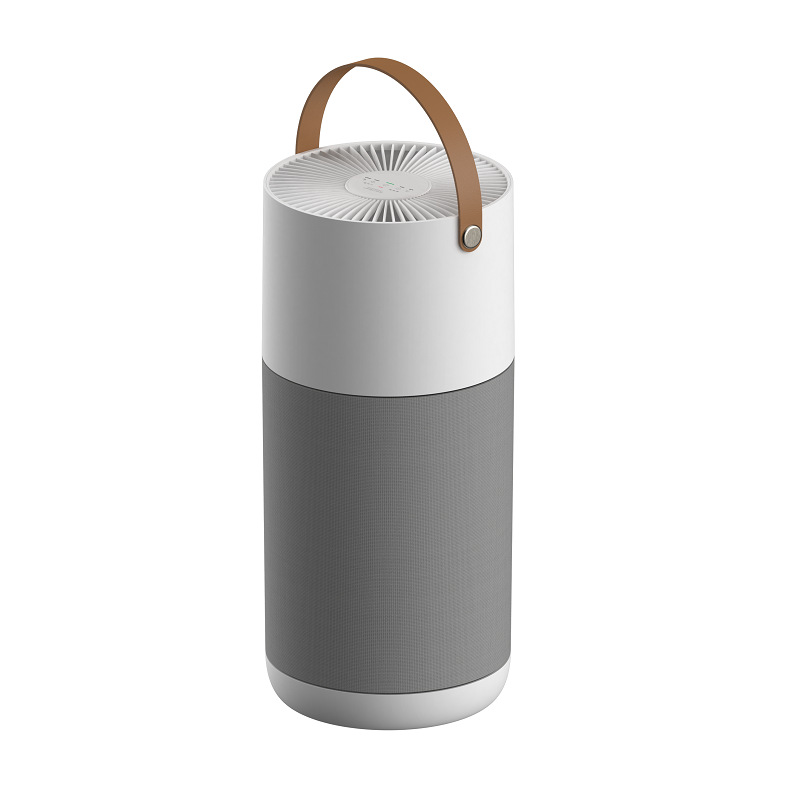

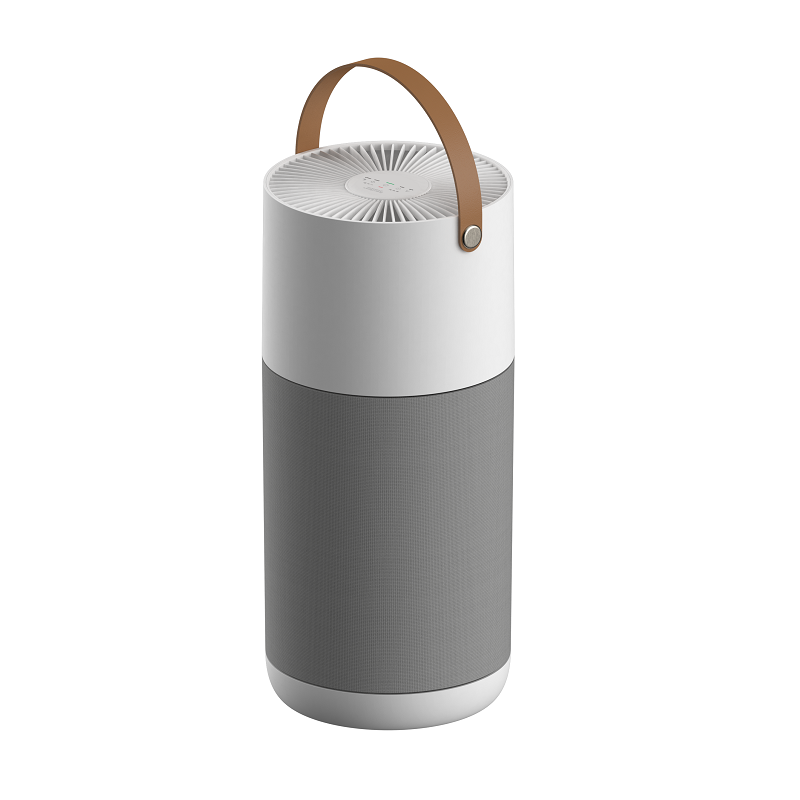
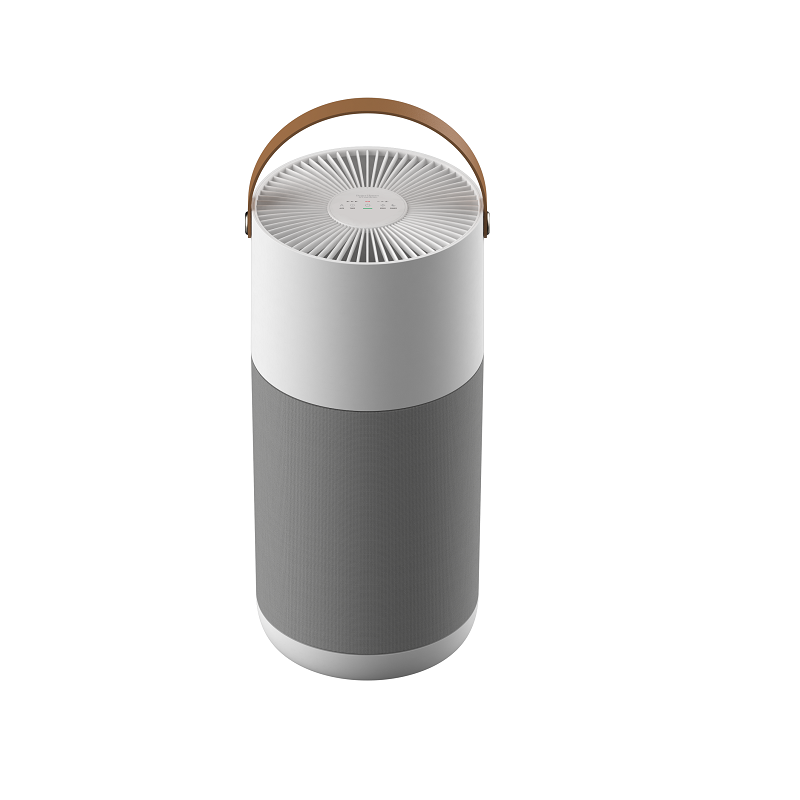
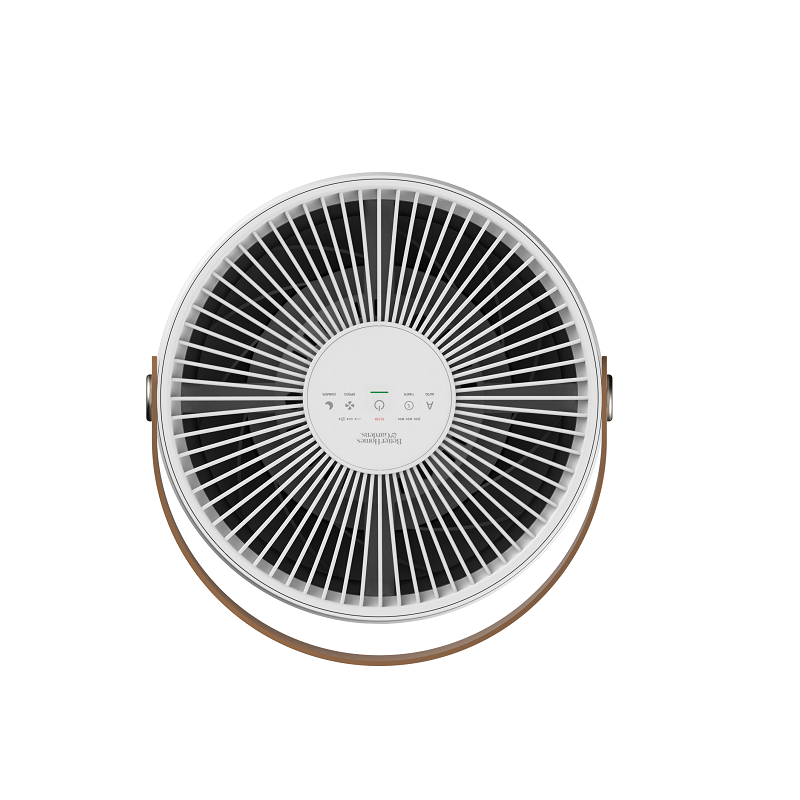

Product Description
House Air Purifier
Product Details
Descriptions
1. The air purifier adopts H13 grade HEPA filter material, high-quality activated carbon, absorbs harmful gases, amino acid dialdehyde crystals, lysozyme antibacterial technology, and hydrolyzes pathogenic bacteria. Quadruple filtration, complete in one device, occupying an area smaller than the size of A4 paper, an exquisite work, just right for a small apartment.
2) Small body, big energy, solve various indoor air pollutants and allergens. More than 99.9% filter out H1N1 virus aerosol and some bacteria, protect the "sensitivity" crowd, let the baby play on the ground, and there is no limit to intimacy. The surging air volume of up to 350m3/h particle CADR and 342m3/h pollen CADR accelerates the indoor air circulation, removes kitchen fume, bathroom, second-hand smoke and other life odors, so as to live in a new house without worry.
3) The H13 high-grade and large-capacity filter element is used, and the accumulated particulate matter of the filter element can purify more than 12000mg. Equipped with a high-precision PM2.5 laser sensor, PM2.5 concentration 7x24 hours standby monitoring. The whole machine is made of environmentally friendly materials and operates silently as low as 31 decibels. Made with solid materials and craftsmanship.
4) Intelligent automatic switch, PM2.5 exceeds the standard, it will start automatically; PM2.5 reaches the standard, it will automatically shut down.
Technological Index of Filtration
1. Electrostatic Electret Filter Technology
The use of non-woven fabrics loaded with electrostatic electret to collect dust is an upgraded version of HEPA technology. The advantages are low wind resistance, high efficiency, high dust holding capacity, and most importantly, safety. Represented by the "high-efficiency electrostatic air filter" on the market, it uses a breakthrough filter material that carries permanent static electricity to effectively block particulate pollutants larger than 0.1 microns in the air, such as dust, dander, pollen, bacteria, etc., while ultra-low Impedance ensures energy savings. In addition, the deep dust holding design ensures a longer service life. As of 2013, this technology has been widely used in home and car air conditioners and some commercial buildings.
2. Activated carbon filter
Air-purifying activated carbon is an internationally recognized high-efficiency adsorbent material, which was used in gas masks as early as World War I. Activated carbon is widely used in car or indoor air purification. Activated carbon is a porous carbonaceous substance. Its developed pore structure makes it have a large surface area, so it is easy to fully contact with toxic and harmful gases in the air. The strong adsorption force field around the pores of activated carbon will immediately release the toxic gas molecules are sucked into the pores, so activated carbon has a strong adsorption capacity and is also the main technology for removing gaseous pollutants. Activated carbon adsorption technology is mainly divided into two categories: physical adsorption and chemical adsorption.
Physical adsorption is mainly for macromolecular organic gases (such as benzene) to adsorb these macromolecular pollutants through the microporous structure of activated carbon itself. Chemical adsorption is mainly aimed at some small molecular gaseous pollutants such as (hydrogen sulfide, nitrogen oxides, etc.), because small molecular gases are easily detached again after being adsorbed to form secondary pollution, so it is necessary to chemically treat the activated carbon so that the adsorbed the gas reacts with the chemical components to achieve the adsorption effect.
1. The air purifier adopts H13 grade HEPA filter material, high-quality activated carbon, absorbs harmful gases, amino acid dialdehyde crystals, lysozyme antibacterial technology, and hydrolyzes pathogenic bacteria. Quadruple filtration, complete in one device, occupying an area smaller than the size of A4 paper, an exquisite work, just right for a small apartment.
2) Small body, big energy, solve various indoor air pollutants and allergens. More than 99.9% filter out H1N1 virus aerosol and some bacteria, protect the "sensitivity" crowd, let the baby play on the ground, and there is no limit to intimacy. The surging air volume of up to 350m3/h particle CADR and 342m3/h pollen CADR accelerates the indoor air circulation, removes kitchen fume, bathroom, second-hand smoke and other life odors, so as to live in a new house without worry.
3) The H13 high-grade and large-capacity filter element is used, and the accumulated particulate matter of the filter element can purify more than 12000mg. Equipped with a high-precision PM2.5 laser sensor, PM2.5 concentration 7x24 hours standby monitoring. The whole machine is made of environmentally friendly materials and operates silently as low as 31 decibels. Made with solid materials and craftsmanship.
4) Intelligent automatic switch, PM2.5 exceeds the standard, it will start automatically; PM2.5 reaches the standard, it will automatically shut down.
Technological Index of Filtration
1. Electrostatic Electret Filter Technology
The use of non-woven fabrics loaded with electrostatic electret to collect dust is an upgraded version of HEPA technology. The advantages are low wind resistance, high efficiency, high dust holding capacity, and most importantly, safety. Represented by the "high-efficiency electrostatic air filter" on the market, it uses a breakthrough filter material that carries permanent static electricity to effectively block particulate pollutants larger than 0.1 microns in the air, such as dust, dander, pollen, bacteria, etc., while ultra-low Impedance ensures energy savings. In addition, the deep dust holding design ensures a longer service life. As of 2013, this technology has been widely used in home and car air conditioners and some commercial buildings.
2. Activated carbon filter
Air-purifying activated carbon is an internationally recognized high-efficiency adsorbent material, which was used in gas masks as early as World War I. Activated carbon is widely used in car or indoor air purification. Activated carbon is a porous carbonaceous substance. Its developed pore structure makes it have a large surface area, so it is easy to fully contact with toxic and harmful gases in the air. The strong adsorption force field around the pores of activated carbon will immediately release the toxic gas molecules are sucked into the pores, so activated carbon has a strong adsorption capacity and is also the main technology for removing gaseous pollutants. Activated carbon adsorption technology is mainly divided into two categories: physical adsorption and chemical adsorption.
Physical adsorption is mainly for macromolecular organic gases (such as benzene) to adsorb these macromolecular pollutants through the microporous structure of activated carbon itself. Chemical adsorption is mainly aimed at some small molecular gaseous pollutants such as (hydrogen sulfide, nitrogen oxides, etc.), because small molecular gases are easily detached again after being adsorbed to form secondary pollution, so it is necessary to chemically treat the activated carbon so that the adsorbed the gas reacts with the chemical components to achieve the adsorption effect.
User manual & Downloads





